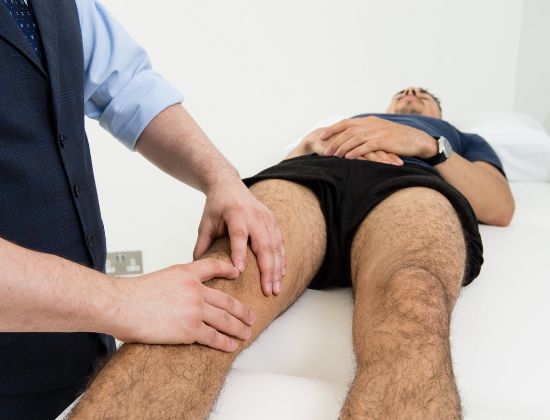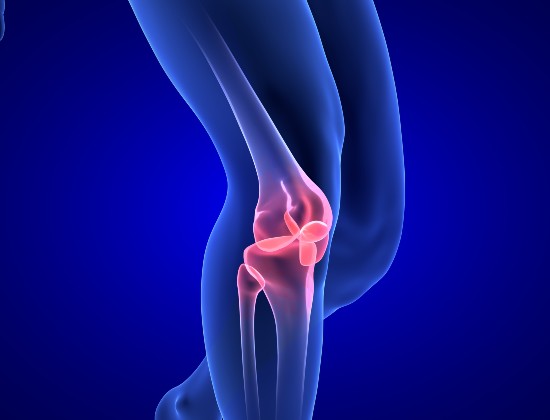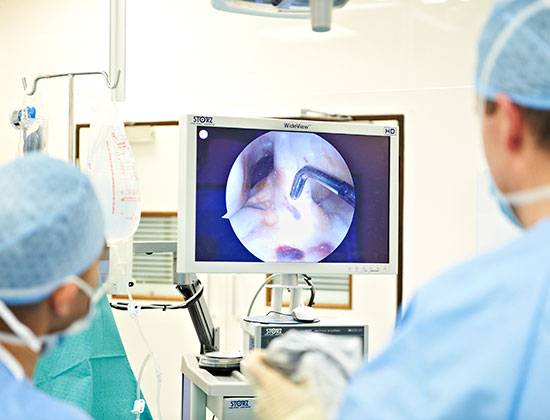Kneecap (Patella) fracture
There are four types of knee cap (patella) fracture, depending on exactly where they happen and the force with which the knee is fractured:
- Stable fracture: the broken ends of bone are aligned and able to heal without treatment
- Displaced fracture: this causes the broken bone ends to misalign, and requires surgery to ensure a successful recovery
- Comminuted fracture: the kneecap is shattered into several pieces and becomes very unstable, making it difficult to treat
- Open fracture: the bone has been exposed and there is a high risk of damage to ligaments, muscles and tendons. The risk of complications in an open fracture is higher than in other kneecap fractures, and it may take a long time to heal
How is a kneecap fracture caused?
A kneecap fracture is usually caused by a direct blow to the front of the knee.
What are the symptoms?
You will have pain and swelling around the knee, as well as difficulty straightening or putting weight on it.
How is it diagnosed?
A diagnosis made during a medical examination can be backed up with X-rays to show the extent of the damage.
How is it treated?
- Stable fractures are unlikely to require surgery: rest, bracing of the knee and physiotherapy may be enough, along with applying ice regularly to reduce the swelling. It’s important not to apply the ice directly to the skin as this can result in a burn from the ice. Instead, wrap some crushed ice or frozen peas in a towel and place onto the swollen area for around 20 minutes, four times a day, until the swelling goes down
- Comminuted/open fractures often need surgery. The type of surgery depends on the fracture and may require pins, plate and wires to hold the bone fragments in place. This is a major injury that could ultimately lead to osteoarthritis so it’s vital that it’s managed correctly.
Important: This information is only a guideline to help you understand your treatment and what to expect. Everyone is different and your rehabilitation may be quicker or slower than other people’s. Please contact us for advice if you’re worried about any aspect of your health or recovery.













.png)

















